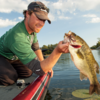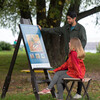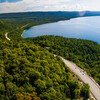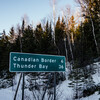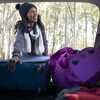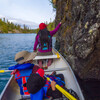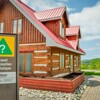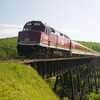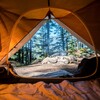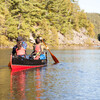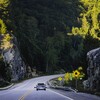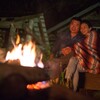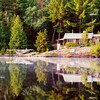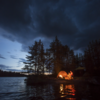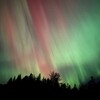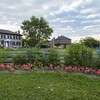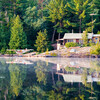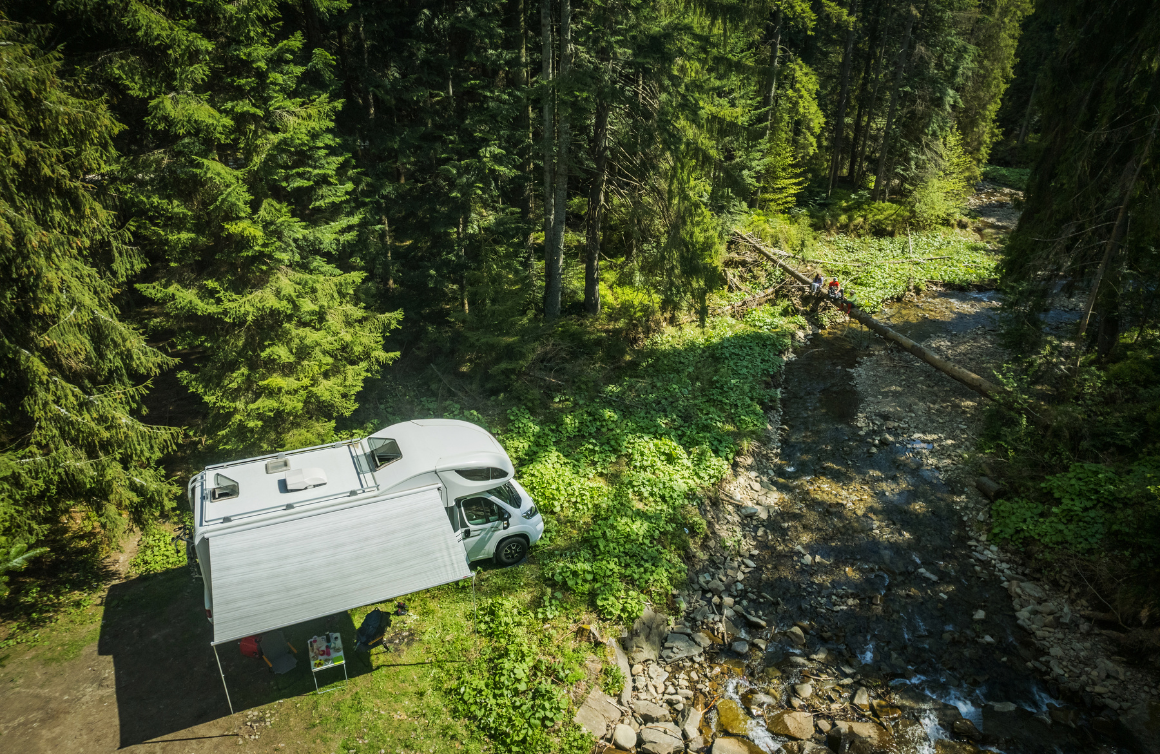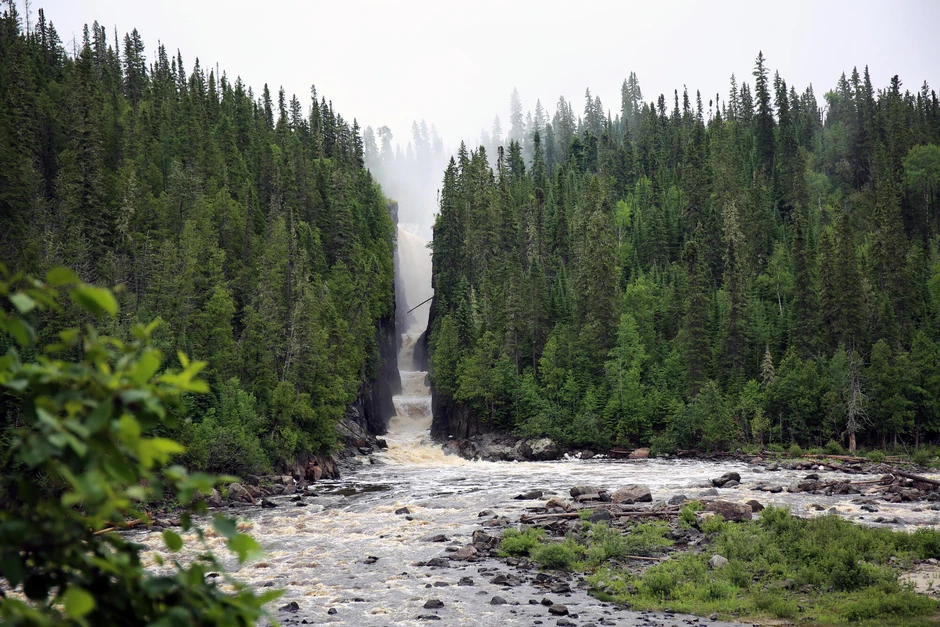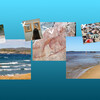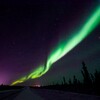
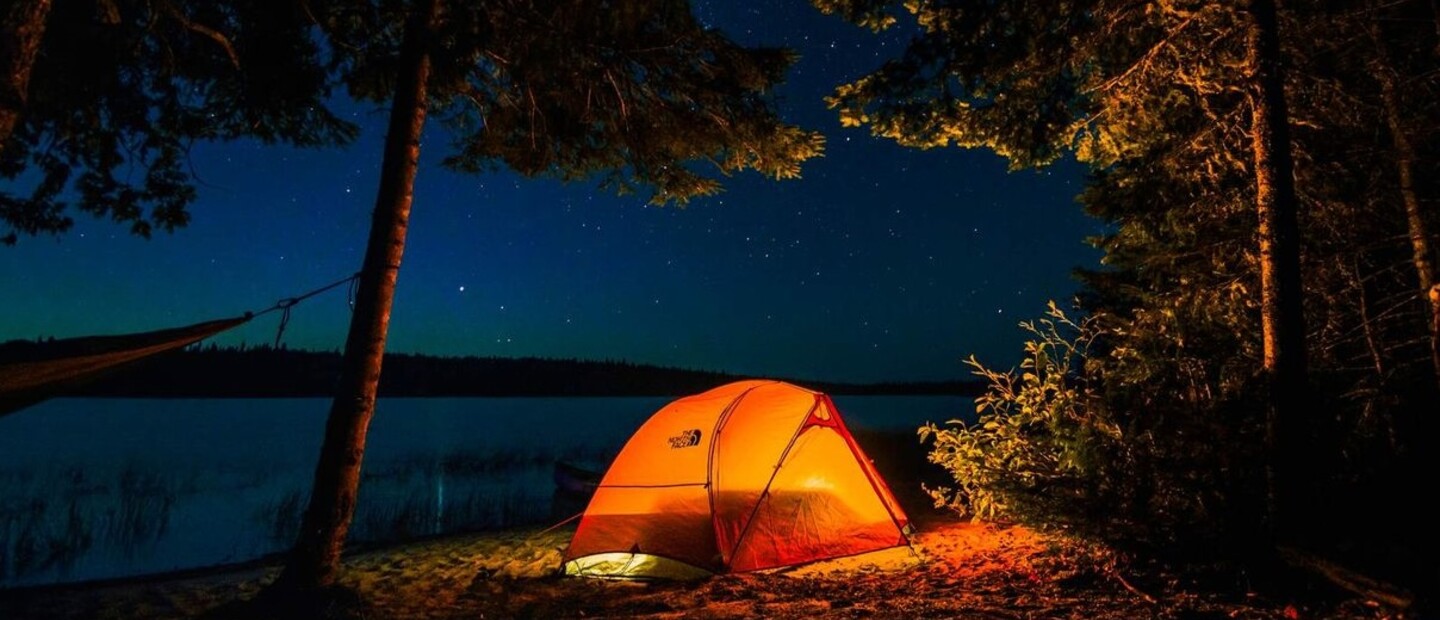
Best Crown Land Camping Sites in Northern Ontario
Unspoiled evergreen forests, fish-rich lakes and a free night’s sleep—Northern Ontario's plethora of Crown land and backcountry camping offer resourceful campers a tranquil getaway with low (or no) fees.
Ontario has thousands of square kilometres of publicly owned land, much of it free for residents to use. Crown land, managed by the Ministry of Natural Resources (MNR) accounts for about 87 per cent of the province’s land mass, and most of it is found in Northern Ontario.
Seasoned campers are notoriously secretive about local spots, making it a challenge for newcomer outdoorspeople to get information. To help you out, we’ve put together a list of some of the better-known Crown land and remote camping areas in Ontario to help you plan your trip.
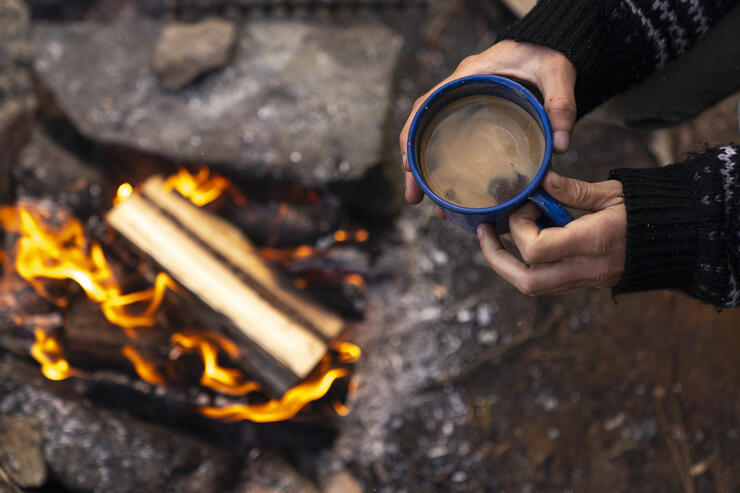
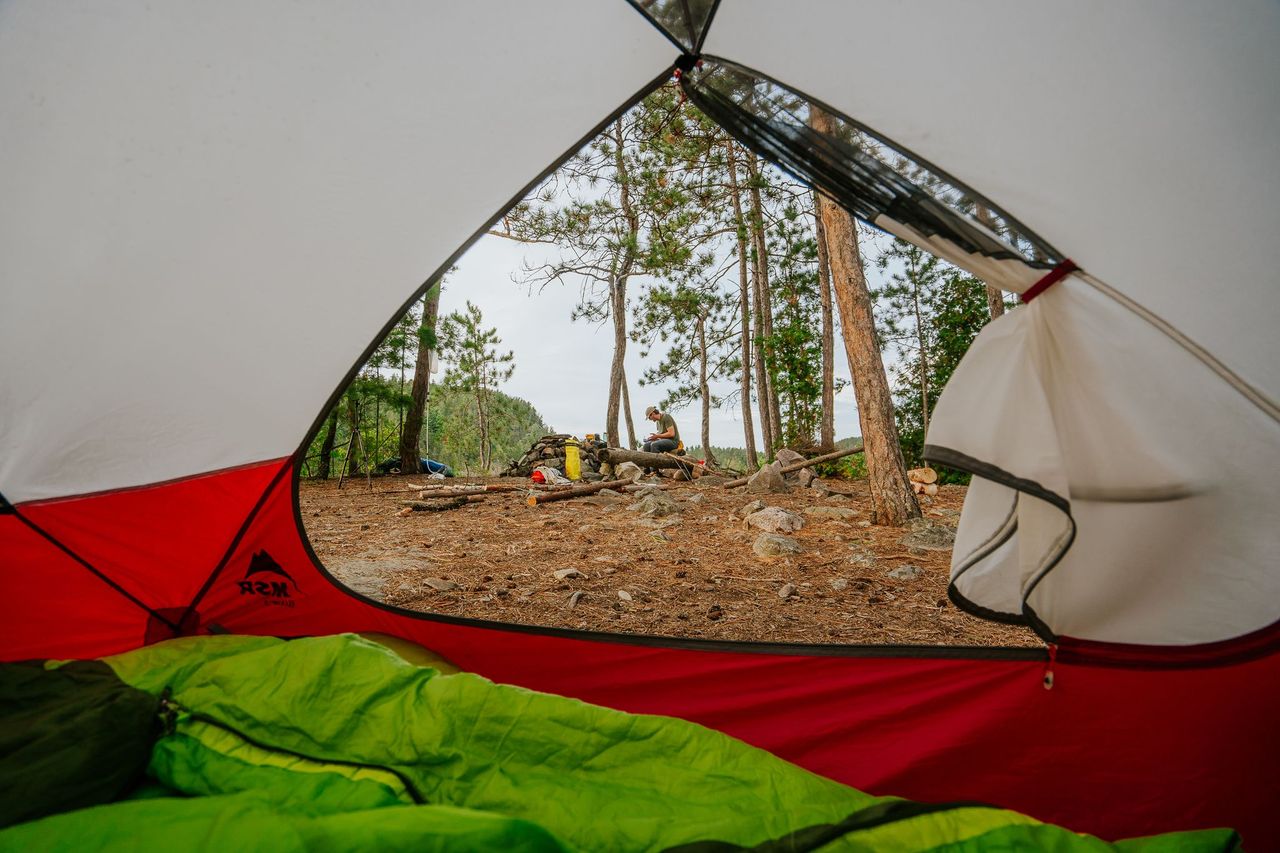
Crown Land Camping in Ontario: Rules, Regulations and How it Works
Camping is allowed on most public land in the province for up to a maximum of 21 days on one site. After that, campers must move to a site at least 100 metres away.
Use the Crown Land Use Policy Atlas to determine where you can camp and what activities are allowed, or find a social media group or thread where people share locations and tips.
Hiking, biking, swimming, canoeing, boating, skiing (water and snow), horseback riding, hunting and fishing are a handful of the allowed activities. Unless otherwise posted, snowmobiling and use of ATVs is permitted, as long as riders follow legislation and get appropriate permits.
Unlike provincial parks, Crown land camp sites don’t require booking months ahead, nor do they have amenities, like bathrooms and running water, which means planning ahead is key.
Provincial parks and conservation reserves are not considered Crown land, but many offer free camping when closed or not in operation.
Some areas may have additional restrictions, such as no camping or motorized vehicles, so be sure to look for signage and have a backup plan. Camping isn’t permitted on roads, trails and boat launches, and in parking lots.
Types of Crown land include areas recommended for parks and conservation, provincial wildlife areas, forest reserves, enhanced management areas and general use areas. They can be used for recreation, environmental management, commercial forestry and fishing, and research.
Tents, trailers and recreational vehicles can all be used for overnight stays on public land—read tips on Crown land RV camping here.
Questions? Take a look at Destination Ontario's Recreational Activities on Crown Land for further reading.
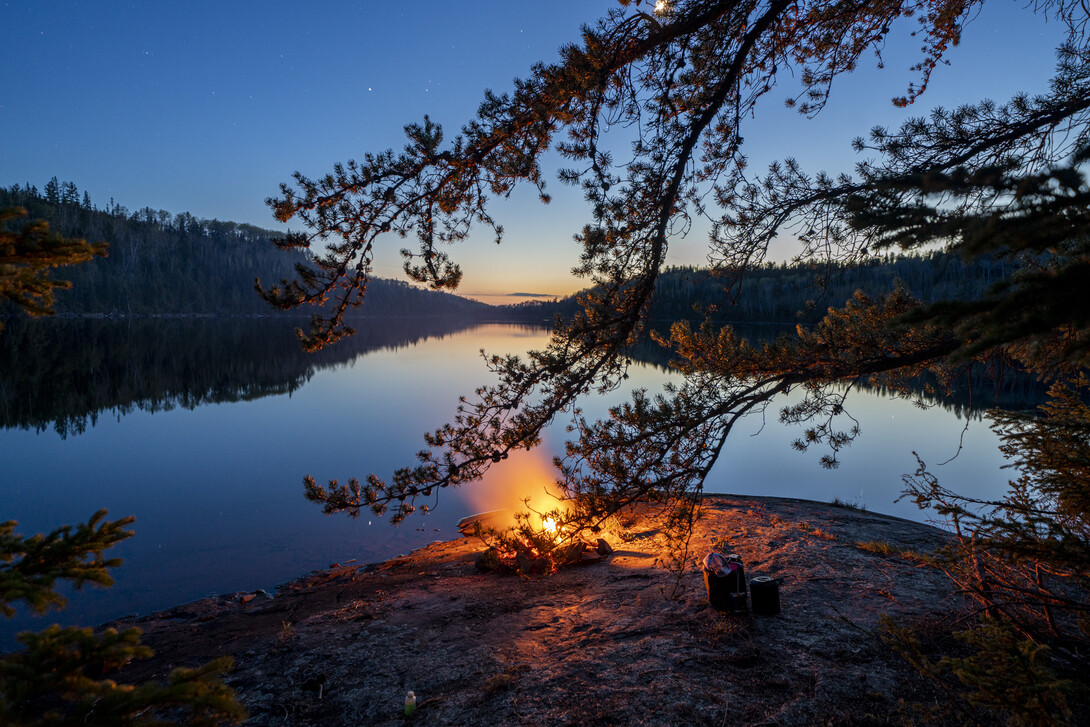
Great Spots To Find Crown Land and Backcountry Camping in Northern Ontario
Highway 11 Corridor: Northeastern Ontario
There’s a six-hour stretch of highway from North Bay to Hearst that passes communities like Matheson, Iroquois Falls, Smooth Rock Falls, Cochrane, and Kapuskasing. In between, forests, lakes and rivers, much of them Crown land, thrive. Roadtrippers who enjoy a mix of motel and backcountry stays, or who are looking for camp sites easily accessible from Highway 11 will enjoy Crown land camping in this area. Some campers recommend the area around the Abitibi Canyon.
Red Squirrel Lake and the Temagami area
Known for its many fish species and pristine wilderness, the Temagami area has plenty of public land to explore by boat and on foot.
Canoeists, backcountry campers and fishing enthusiasts will appreciate the interconnected lakes and old-growth white and red pine forests of this Canadian Shield region. A transition area between the province’s Great Lakes-St. Lawrence and Boreal zones, Temagami is ecologically diverse and significant. Paddlers can get a good sense of access points and backcountry tips here.
The region boasts a mix of crown land, non-operating parks and conservation reserves, with routes from beginner to challenging. Weather, water levels and other environmental factors mean difficulty can vary. Orienteering and basic survival skills are necessary.
Additionally, the area northwest of Sudbury boasts hundreds of square kilometres of public land available for recreational use. Wild and rugged, its unmatched landscapes offer true remoteness just a few hours outside of the city. Stop in Sudbury to stock up on food, water and backpacking essentials before heading into northern Ontario’s wilderness.
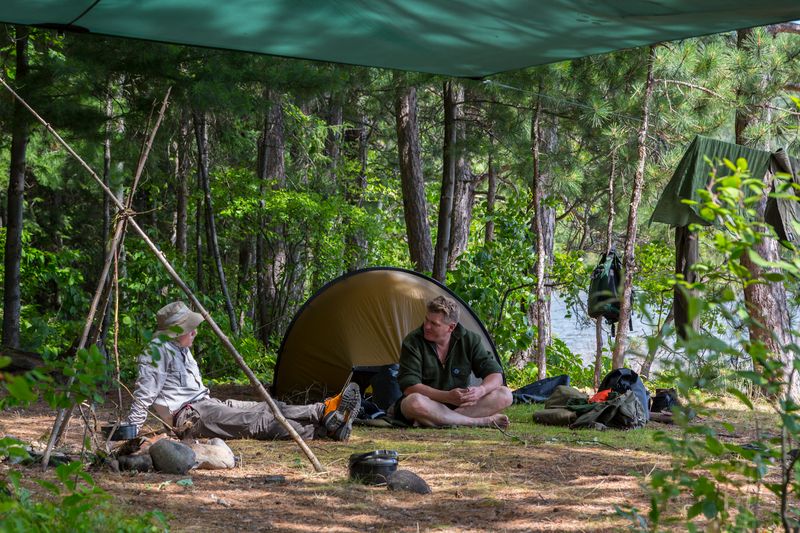
Killarney Region Crown Land Camping
Beautiful Philip Edward Island and a smattering of surrounding land masses offer free public camp sites at the northern edge of Georgian Bay, across from Manitoulin Island. The area is a paddler’s dream, with quiet inlets and an expansive bay. Be sure to visit Collins Inlet, a lumber town in the late 1800s and early 1900s. Keep an eye out for birds of prey, like hawks and eagles, as well as herons trolling the shallows.
*Because of its exposed location, wind can cause waves and create dangerous paddling conditions. Check the weather before you go.
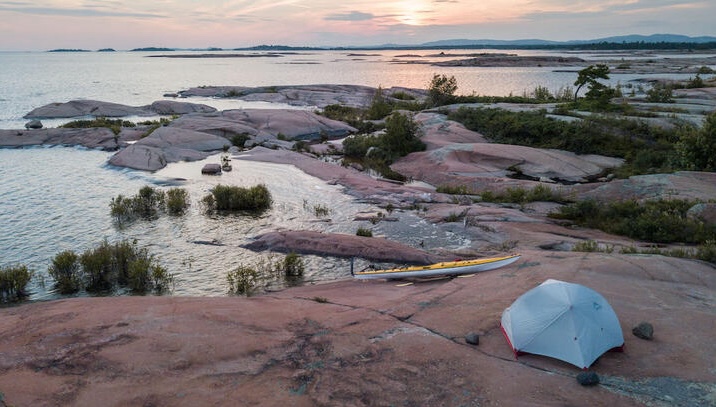
Crown Land Camping in the Algoma Region
Algoma Country has some of the province’s most accessible Crown land camping, from roadside pull-offs along Ranger Lake Road to backcountry lakes in Obatanga Provincial Park. Adventurers can also find small pockets of crown land just off Highway 17 north of Pancake Bay, or paddle into the lake networks around Blind River and Matinenda Provincial Park.
This area is home to the Missisagi River, which flows 266 kilometres from Sudbury to Lake Huron, at Blind River. You’ll also find a tributary, the Aubinadong, which flows between towering cliffs in the north and low-lying areas in the south. The area around Lake Superior, the province’s northernmost Great Lake, offers spectacular backcountry camping on both Crown land and in the provincial park. Highway 129, running 220 kilometres north from Thessalon to Chapleau, is a good place to find roadside Crown land areas along the Mississagi River.
Mississagi River Provincial Park is a non-operating waterway provincial park, and no permit is required (non-Canadians still need to obtain a Crown land permit, however).
Some Crown land campers on social media recommend stopping for breakfast at the Voyageurs’ Lodge and Cookhouse, a popular stop on the Grand Algoma Tour.
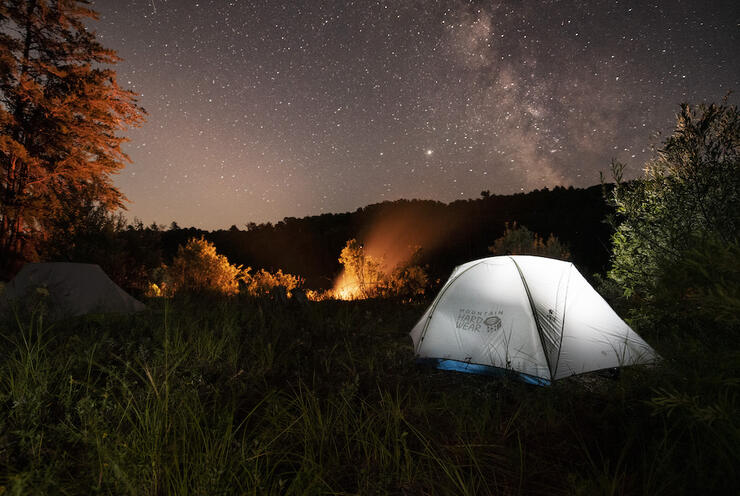
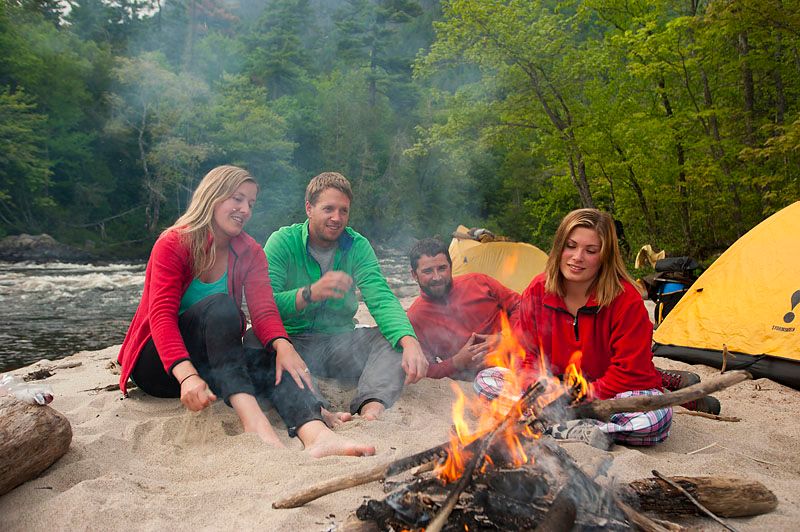
Wenebegon River System Crown Land Camping
Also in the Algoma area, the Wenebegon River System is a category of its own. This river system north of Elliot Lake is home to both a provincial park and Crown lands characterized by dense boreal forest, a series of small lakes and, of course, the snaking Wenebegon waterway. This remote part of the province offers plenty of options for camping, as well as excellent fishing.
Canoeists and kayakers, rejoice. The Wenebegon area offers novice-level lake paddling, river paddling of varying difficulty and moderate portages throughout. Crown land offers the flexibility to stop wherever you need to along the way.
Crown Land Camping Near Nipigon and Thunder Bay
Although most Crown land in Superior Country is remote, there are instances where campers can find road-accessible spots just off Highway 17. You can drive accessible logging roads off Highway 17 between Thunder Bay and Nipigon, scout for pull-offs beside remote lakes, and hike in a bit from there to set up camp—no reservation required. For a more organized starting point, Superior Country offers some expert tips. For beginner-friendly access, check out the Land Use Atlas to verify camping permissions along water routes.
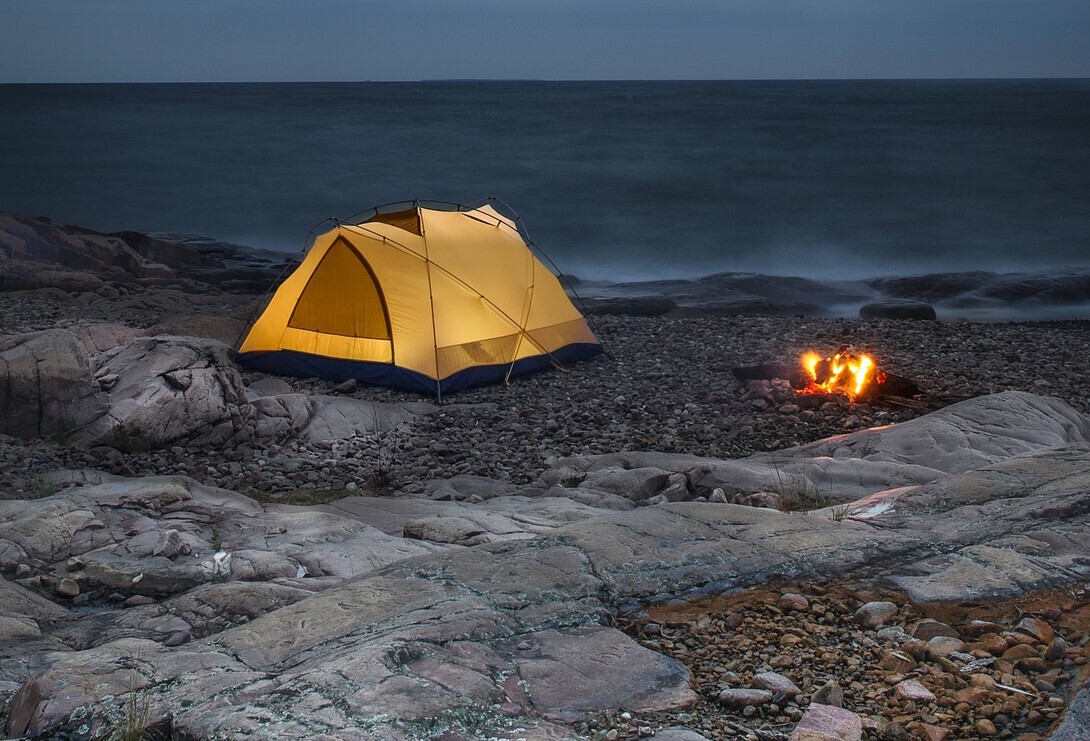
Northwestern Ontario (Lake of the Woods Region)
Sunset Country (Northwestern Ontario) sports over 70,000 lakes spread across thick boreal forests, and if there's one thing this region has, it's remote wilderness beauty with few people. While much of the camping landscape here is privately managed or within provincial parks, there are excellent backcountry experiences right at your fingertips, offering the freedom of wilderness without the crowds. For example, Lake of the Woods Provincial Park and Eagle-Dogtooth Provincial Park near Kenora are non-operating parks, each offering 25 backcountry campsites.
Tip: Guided wilderness canoe trips into Crown-land-accessible areas like Quetico, Wabakimi, or Woodland Caribou offer access into remote camping zones that would otherwise be difficult to reach.
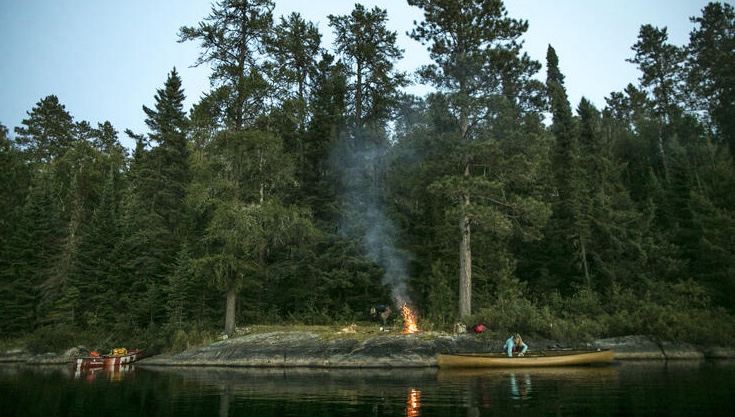
What To Pack For Crown Land Camping in Northern Ontario
Crown land has no facilities or services, which means you’ll need to be completely self-sufficient. Having a comprehensive packing list is essential.
Here are some non-negotiables:
- Shelter and sleeping gear, including a tent with a footprint or groundsheet and a weather-appropriate sleeping bag.
- Food and cooking equipment, including a portable stove and fuel, which will be necessary whenever there’s a fire ban.
- Map + compass. Many areas don’t have cell phone service.
- Sturdy shoes or boots, and clothing layers
- First aid kit
- Duct tape or a repair kit for emergency fixes
- Bear spray
- Water and filter
- Toilet paper and trowel
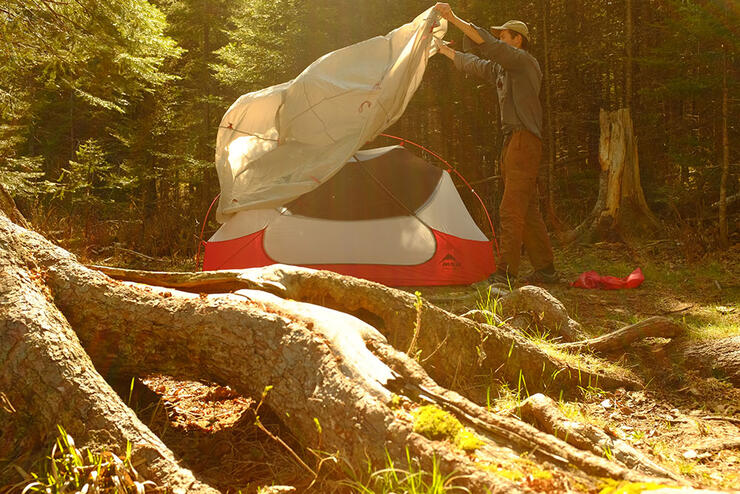
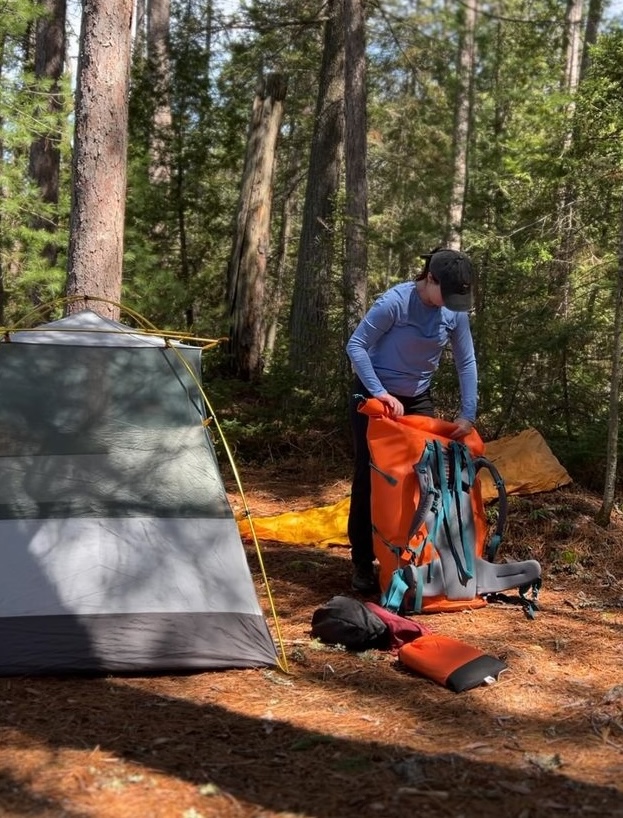
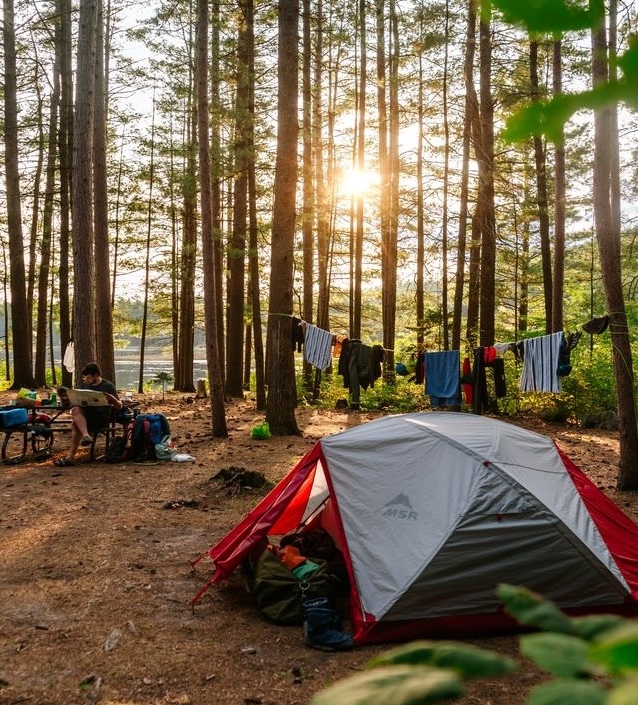
Expert Tips for a Safe and Enjoyable Crown Land or Backcountry Camping Trip
- Use the Crown Land Use Policy Atlas or find a social media group where people share locations and tips to determine where you can camp and what activities are allowed.
- Fires are allowed, and campers can collect deadwood to burn. Be sure to follow local fire warnings and restrictions, which can vary by municipality.
- If you plan to fish, be sure to get a licence and abide by catch and possession limits.
- Some areas are accessed only by logging roads, which may require a high-clearance vehicle (and patience). Do your research before you go.
- Non-residents may require a permit for Crown land camping.
- Last, but not least: Leave no trace, which means packing out whatever you bring in.

